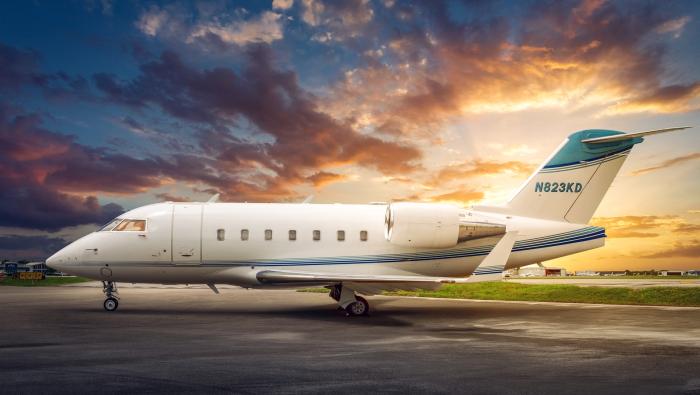Rolling into a period with limited activities sounded great on the surface. Other than trying to survive a global pandemic, voluntarily sheltering in place seemed appealing. In fact, my governor encouraged me to do nothing.
In the absence of just about everything, I had big plans. I would fill this void with self-discovery, e-learning, and professional development. Sorting through some online courses, I checked the boxes next to successful negotiations, financial planning, and social psychology. I am, after all, a husband, father, and pilot—in that order, just in case my wife reads this.
By doing nothing, I could also begin planning for my next recurrent training event and knock down the stack of magazines in my office.
For the past 33-years, I have had this idea to begin studying at least six months before my annual training event. Under normal circumstances, taking family, life, and flying into account, that ideal “six months out” window would be reduced to around six weeks—with a frantic push, at the end, just a few weeks before my simulator check.
This time, it would be different. My plan would start by hitting the “sync” button on my electronic flight bag. In minutes, after all the spinning balls stopped, every manual, guide, and QRH would be updated. Technology is great; in the past, updating paper manuals would take hours.
Next, I would set up, on a rotating basis, a schedule to review all the limitations, memory items, flight profiles, and non-normal procedures. I even planned to hit several overlooked areas of our company’s flight ops manual.
Another opportunity would be to dig into Jeppesen’s J-Aid and brush up, as an example, on the differences in holding speeds between the U.S., Mexico, Canada, and ICAO regulations. I can never remember those; in Canada is it 265 knots above 14,000 feet or 230 knots? The J-Aid or other manuals, such as the Aeronautical Information Manual, contain a lot of good information.
Outside of the academics, after reading an article in an industry safety pub, I began giving a lot of thought on how I could improve my takeoff and approach briefings. It has always bugged me just how scripted they have become over the years.
Alaska Airlines, roughly two years ago, revamped its briefings to focus on specific threats. Rather than hitting a specific number of pre-defined items, as outlined in an SOP, Alaska has come up with a new approach for every briefing that considers breakthroughs in cognitive theory and decision-making.
According to human factors experts Rich Loudon and David Moriarty in “rethinking the brief,” each briefing now satisfies four goals by being threat-forward, interactive, scalable, and cognitive.
Following the law of primacy, the threat-forward concept identifies specific threats and discusses countermeasures early in the briefing.
This method also encourages interaction between the pilot flying (PF) and pilot monitoring (PM). A goal is to get rid of the “my leg/your leg” mentality and promote an “our leg” mindset. In this model, the PM plays a critical leadership role by kicking off the briefing by identifying threats.
The Alaska Airlines model is also scalable. It recognizes that no two departures or arrivals are the same. Some are super complex with unique threats, whereas others might warrant less discussion.
Finally, each briefing must incorporate a recap. This follows the principle of recency where critical threats and the associated countermeasures, as well as specific duties for the PM are discussed. This element touches on a cognitive function known as recognition-primed pattern-matching. A pattern-match, as defined, is “an action that is derived from relevant cues, expectations, and goals.”
Understanding that we may all fly for different operators and must comply with current SOP, there is no harm in using this model to add to or enhance the “standard” briefing. Alaska uses a threat-plan-considerations model to perform the briefing. So, to recap: identify the threat, plan the mitigation or countermeasure, and consider or discuss specific PF/PM duties.
Hats off to Alaska, they have dedicated the resources, done the research, and now have a fresh new model that makes a lot of sense.
As pilots, many of us are now doing nothing. By next month, most major U.S. airlines will have slashed their schedules by 90 percent. To date, business aviation activity is down by roughly 70 percent. Rather than doing nothing, as professionals, we can take advantage of this downtime to “reset” and re-engage to be better on the backside of this crisis.
Pilot, safety expert, consultant, and aviation journalist Stuart "Kipp" Lau writes about flight safety and airmanship for AIN. He can be reached at stuart.lau3@gmail.com.









